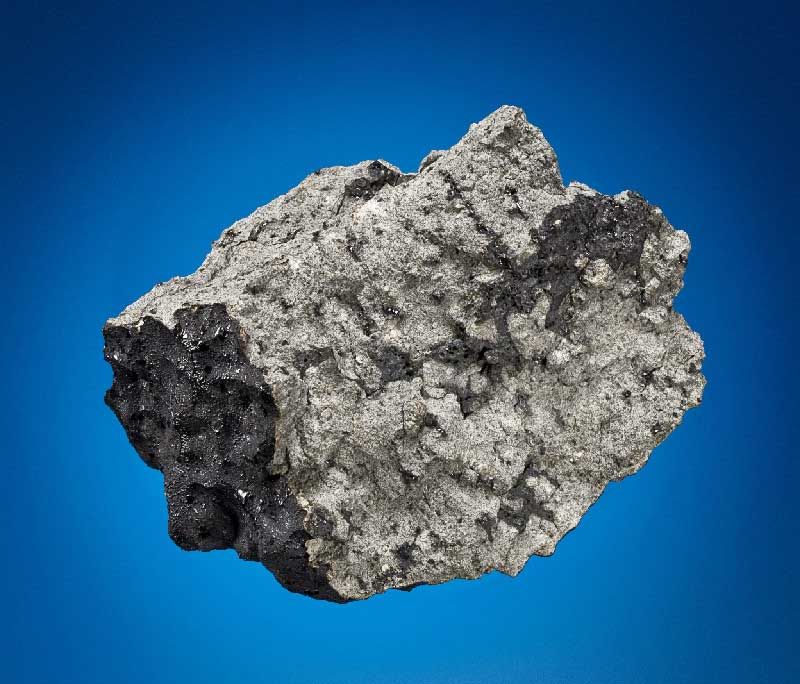


The best way to be sure you're using the right name is to think of the size and location.Įssentially, asteroids and meteoroids are very old space rocks, orbiting in our solar system, mainly in the asteroid belt between Mars and Jupiter.Īll of the planets, including Earth are the product of those rocks colliding and forming together 4.6 billion years ago. The names can be a bit confusing: What's an asteroid? A meteorite? A meteoroid? While meteorites are very rare, they are out there, and it's not impossible you could find one, especially if you know what you're looking for. So, what are the chances that you could pick up a piece of space rock?

How can we eliminate these unfortunate publications before their gross PR and AR calculation errors are widely spread? Is there no self-doubt anymore, just youthful over-confidence, and regrettably sleeping reviewers without necessary experience."It came from space, and it's just so exciting to think, 'oh, where did it come from, what's it going to tell me now?'" It should be clear that originator's reputations as perhaps reliable consultants are being ignored by the students and professors who are convinced of the validity of their studies. Since a consistent 5 to 6m/hr PR will exceed most conveyor capacities, why is there no reaction (from somewhere along the chain of responsibility) when the students find 20 to 30m/hr (or even larger) in their estimates? Who is responsible? Student, professor (likely a co-author), or journal reviewers and editors? A point of some importance is that the young students are likely reviewing established empirical methods now also used by others, and developed when those concerned had considerable TBM experience, so knew very well if they (the originators) were in any way justified in publishing in the first place. They compare numerous established prognosis methods, and regrettably make unintended mistakes, coming up with order-of-magnitude errors on AR and PR, maybe far beyond world records or practical possibilities. There seems to be an increasing number of MSc or PhD studies by young students with little tunnelling or TBM experience. José could you perhaps explain how density was calculated? material or bulk density?[ if volume was determined by water displacement then less accurate values could be yielded if the vesicles do not fully saturate Does it float? Again without geochem the vesicular nature is not enough to prescribe geochemical provenance though to me it does exclude meteor in origin leadng to slag of volcanic. volcanic vs slag isa problem I have been addressing in simiar Scottish beach deposits for some years now failing to arrive at a specified foundary-provenance I fear that the answer may not become conclusive until you have any geochemical analyses the clast looks ratherwel rounded & the vesicular - wa which discusses the restingolite & xenopumices, in submarine eruptives from the Canarian El Hierro volcano further south in the Canarie Islands. Most interestin question and specimen José. My bet is on ordinary waterworn slag washed up on shore.

This is how many cobblestones got to North America and why one can find flint from France on the northern shore of Prince Edward Island where Jacques Cartier dumped it. The comment about clinker is very apt as all nature of cheap stony material was needed as ballast in the days of tall ships, but in this case it was normally empty ships that went to the Americas from Europe that would be loaded down with material that would be dumped to take on goods to be brought back to Europe. This piece looks very much like a piece of slag. But I would suggest that iron production would be around during relatively recent history. While volcanoes may not be around, volcanic rocks do travel. The mineralisation would also be distinct. If it were then either it would have some degree of magnetic affinity or if one opened it, or preferably cut it open, close examination would show a distinct border between the burnt outer layer and the inside in the case of a stony meteorite.


 0 kommentar(er)
0 kommentar(er)
